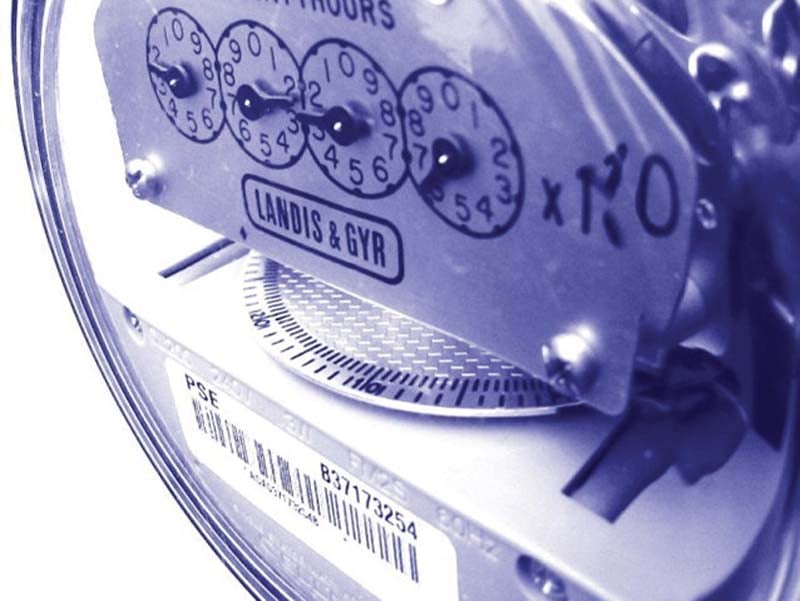
ISLAMABAD: The National Electric Power Regulatory Authority (Nepra) has refused to budge from its stance, insisting power distribution companies have sent inflated bills to consumers and the Ministry of Water and Power cannot be absolved of its responsibility.
“The administrative functions (including the release of consumer bills) were being performed by the chief executive officer and were monitored by the board of directors of the respective distribution company; however, the Ministry of Water and Power cannot shirk its responsibilities,” Nepra said.
The regulator highlighted its stance in a reply sent to the Senate following the filing of adjournment motions in the upper house of parliament.
It clarified that observations in a report on the performance of power companies were only related to the Time-of-Use meters, which constituted 3% of total electricity meters installed.
Read: NEPRA refuses to undertake cost audit
The perception of senators that 70% of consumers were receiving incorrect bills was not based on facts, the regulator said, adding its report pertained to the Time-of-Use meters, which were used only by 3% of consumers.
This meant that whatever had been said in Nepra’s annual report did not affect 97% of electricity consumers as their bills were not based on the Time-of-Use meters.
Nepra, in its Annual Report for 2014-15, chastised the Ministry of Water and Power for its performance and electricity shortage. “The managements of government’s thermal power plants have deliberately kept the plants closed,” it remarked.
According to Nepra, the Time-of-Use meters of 70% consumers were outdated and not timed appropriately and as a result some consumers were billed at off-peak rates and some at peak rates.
Power companies have been installing such meters for the past few years in an apparent bid to benefit the consumers, but the technology has become unreliable in the face of revelations made in the Nepra’s report.
The Time-of-Use meters have been provided for both domestic and commercial consumers. Their main feature, as claimed by the authorities, is to encourage the consumers to use minimum electricity during peak hours in order to qualify for a 30% to 50% relief in their bills.
Read: Ministry of Water and Power questions Nepra report credibility
Nepra said its survey team had observed that the connected and running load of most of the consumers under domestic, commercial and industrial B-2 categories was more than the sanctioned load.
However, the power distribution companies did not take any step to increase the load, nor did they issue any notices. Transformers were 80% to 100% overloaded, which led to frequent tripping of feeders, it said.
Published in The Express Tribune, October 13th, 2015.
Like Business on Facebook, follow @TribuneBiz on Twitter to stay informed and join in the conversation.



































































COMMENTS (1)
Comments are moderated and generally will be posted if they are on-topic and not abusive.
For more information, please see our Comments FAQ